Rospotrebnadzor named the 5 most poisonous berries: list with photos
Rospotrebnadzor has compiled a list of the 5 most toxic berries in Russia, along with photos. Stay informed and learn to identify these poisonous berries to avoid potential health risks.
When it comes to berries, most people think of them as delicious and nutritious treats. However, not all berries are safe to eat. Rospotrebnadzor, Russia’s consumer rights protection watchdog, has recently revealed the 5 most toxic berries that can pose a serious risk to your health.
These berries may look innocent and enticing, but they contain toxic substances that can cause severe poisoning if consumed. It is important to be aware of these berries and avoid them in order to protect yourself and your loved ones.
The first berry on the list is the deadly nightshade, also known as belladonna. This berry is small and shiny, resembling a cherry, but it is extremely poisonous. Ingesting just a few berries can lead to symptoms such as dilated pupils, hallucinations, and even paralysis.
Next on the list is the yew berry, which is commonly found in gardens and forests. This berry may look harmless with its bright red color, but it contains a toxic substance called taxine. Ingesting just a few berries can lead to nausea, dizziness, and even heart problems.
The third berry on the list is the holly berry, which is often used for decorative purposes during the holiday season. While it may look festive with its vibrant red color, it is important to remember that this berry is toxic. Ingesting holly berries can cause symptoms such as vomiting, diarrhea, and abdominal pain.
The fourth berry on the list is the bittersweet nightshade, also known as woody nightshade. This berry may look tempting with its bright red color, but it is highly toxic. Ingesting just a few berries can cause symptoms such as blurred vision, confusion, and even seizures.
Last but not least, we have the mistletoe berry. This berry is often associated with holiday traditions and is used for decorations. However, it is important to keep in mind that mistletoe berries are poisonous. Ingesting even a small amount can cause symptoms such as stomach cramps, difficulty breathing, and even coma.
Deadly Nightshade (Atropa Belladonna)
Deadly Nightshade, also known as Atropa Belladonna, is one of the most toxic berries in the world. It belongs to the Solanaceae family and is native to Europe, North Africa, and Western Asia. The plant can grow up to 1.5 meters tall and produces small, shiny black berries.
The berries of Deadly Nightshade contain a potent cocktail of toxic alkaloids, including atropine, scopolamine, and hyoscyamine. Ingesting even a small amount of these berries can cause a range of symptoms, such as dilated pupils, blurred vision, dry mouth, difficulty swallowing, rapid heart rate, hallucinations, and even death.
Due to its high toxicity, Deadly Nightshade has been historically used as a poison, as well as a medicinal plant. However, its use is highly regulated and strictly controlled.
If you come across Deadly Nightshade berries, it is important to avoid touching or consuming them. The plant should be handled with extreme caution, as even the leaves and roots contain toxic substances. In case of accidental ingestion, immediate medical attention is necessary.
| Atropa Belladonna |
| Solanaceae |
| Europe, North Africa, Western Asia |
| Atropine, Scopolamine, Hyoscyamine |
| Dilated pupils, blurred vision, dry mouth, difficulty swallowing, rapid heart rate, hallucinations, death |
English Yew (Taxus baccata)
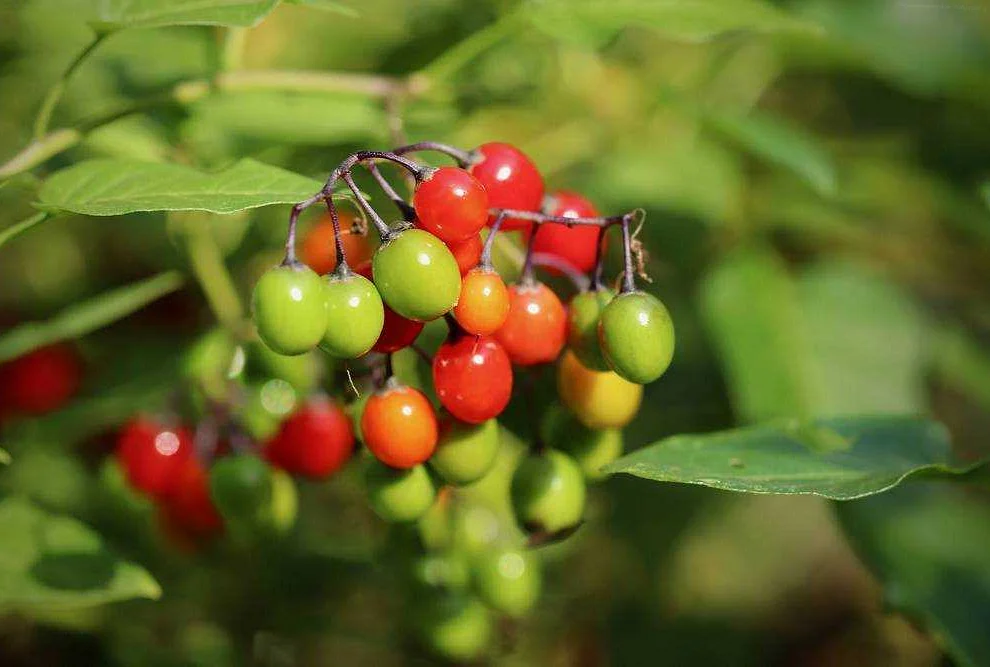
The English Yew, scientifically known as Taxus baccata, is a highly toxic berry-bearing plant that is native to Europe, including the United Kingdom. Despite its name, it is not actually a true berry but rather a fleshy, bright red aril that surrounds the seed. The seed itself is also highly toxic.
While the English Yew is known for its beautiful and dense evergreen foliage, its berries should never be consumed. The entire plant contains a toxic alkaloid known as taxine, which can cause severe health problems if ingested.
The toxic effects of the English Yew berries can range from gastrointestinal symptoms such as nausea, vomiting, and diarrhea, to more serious complications like cardiac arrhythmias, seizures, and even death. It is important to note that the toxic effects can occur even with a small amount of ingestion.
Due to its high toxicity, the English Yew is often used in traditional medicinal practices. However, it should only be used under the guidance of a qualified healthcare professional, as the wrong dosage can be fatal.
It is important to be aware of the English Yew and its toxic properties, especially for those who have children or pets. Keeping them away from this plant can help prevent accidental ingestion and potential health risks.
In conclusion, while the English Yew may be aesthetically pleasing, its toxic berries make it a dangerous plant to consume. It is crucial to exercise caution and avoid any interaction with this plant to ensure the safety and well-being of both humans and animals.
Oleander (Nerium oleander)
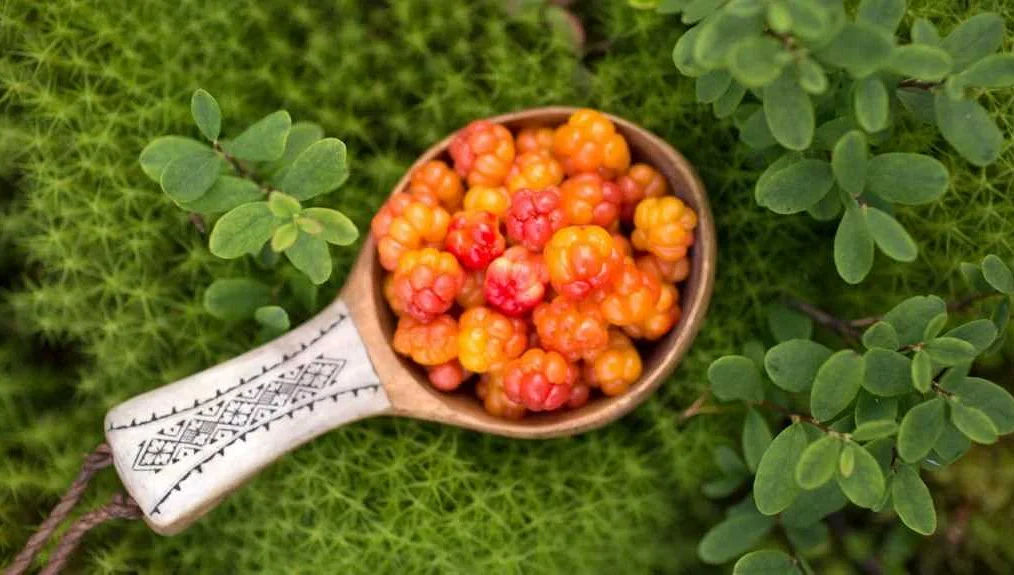
Oleander is a highly toxic shrub that belongs to the Apocynaceae family. It is native to the Mediterranean region but is also commonly found in other parts of the world.
The plant produces beautiful flowers in shades of pink, red, white, or yellow, which attract pollinators such as bees and butterflies. However, the entire plant, including the leaves, stems, flowers, and even the sap, contains toxic compounds known as cardiac glycosides.
Ingesting any part of the oleander plant can lead to severe poisoning, affecting the heart, gastrointestinal system, and nervous system. Symptoms of oleander poisoning may include nausea, vomiting, diarrhea, abdominal pain, irregular heartbeat, dizziness, headache, and in severe cases, it can be fatal.
It is important to note that even handling the oleander plant without protection can cause skin irritation and allergic reactions in some individuals. Therefore, it is advised to wear gloves when working with oleander.
Due to its toxic nature, oleander should be kept away from children and pets, and caution should be exercised when planting it in gardens or landscapes. If ingested accidentally, immediate medical attention should be sought.
Rosary Pea (Abrus precatorius)
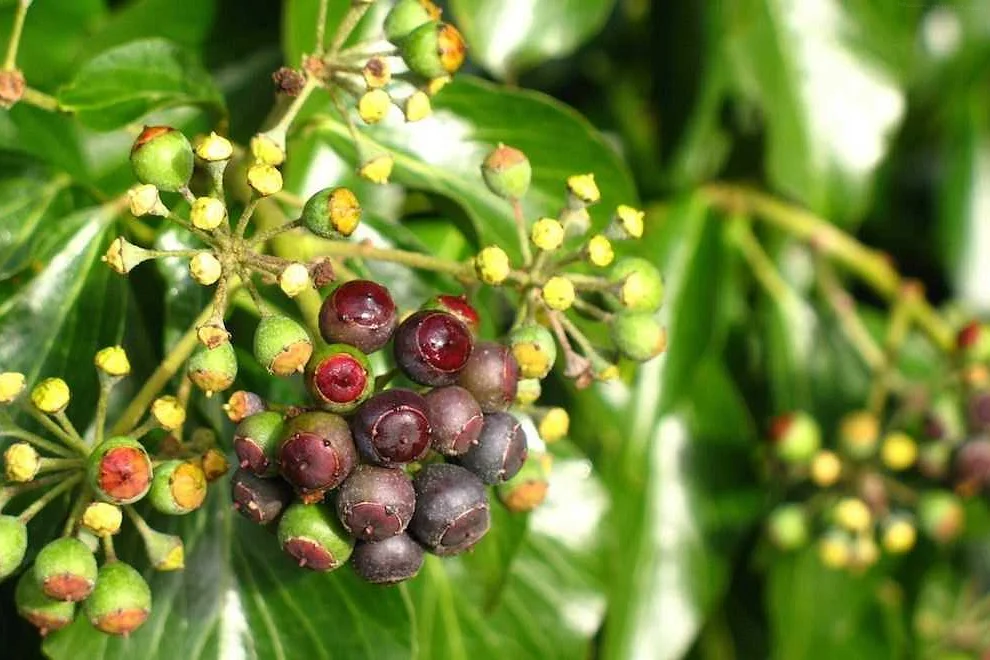
The Rosary Pea, scientifically known as Abrus precatorius, is one of the most toxic berries in the world. Despite its vibrant appearance, with bright red seeds sometimes adorned with black dots, this plant contains a deadly poison.
The toxin found in the Rosary Pea is called abrin. Even a small amount of this toxin can cause severe illness and even death if ingested. The symptoms of abrin poisoning include nausea, vomiting, diarrhea, abdominal pain, and in some cases, organ failure.
What makes the Rosary Pea particularly dangerous is that its seeds, which are the most toxic part of the plant, are often used in jewelry and decorative items due to their unique coloration. Handling these seeds can be dangerous, as they can penetrate the skin and release the toxin into the bloodstream.
It is essential to exercise extreme caution when dealing with the Rosary Pea. If you suspect you have come into contact with this toxic berry or its seeds, seek medical attention immediately. Remember, prevention is key when it comes to protecting yourself from the dangers of toxic berries like the Rosary Pea.
Castor Bean (Ricinus communis)
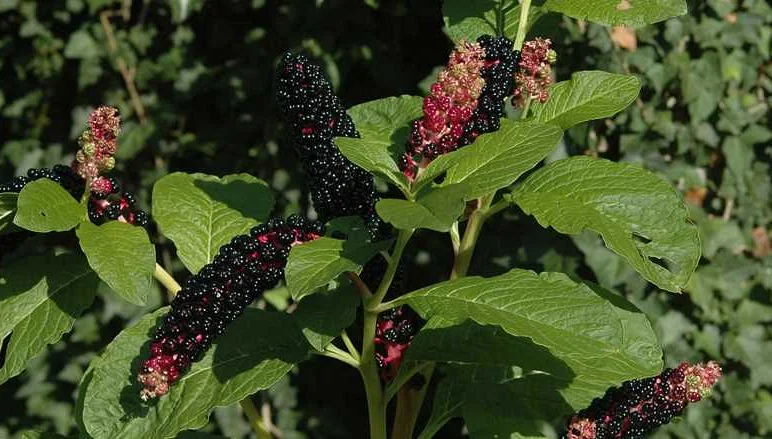
The castor bean, also known as Ricinus communis, is a highly toxic plant that is native to Africa. It is widely cultivated around the world for its seeds, which are used to produce castor oil. However, it is important to note that all parts of the castor bean plant, including the seeds, leaves, and stems, contain a deadly toxin called ricin.
Ricin is a potent poison that affects the body’s cells by disrupting their ability to produce proteins. Even minimal exposure to ricin can be fatal, as it only takes a few milligrams to cause death in an adult. Ingesting castor beans can lead to symptoms such as nausea, vomiting, diarrhea, abdominal pain, and in severe cases, organ failure.
Due to its high toxicity, the castor bean is considered one of the most dangerous plants in the world. It is important to exercise extreme caution when handling any part of the plant, including the seeds. If ingested, immediate medical attention should be sought to prevent further complications.
| Ricinus communis | Castor Bean | Highly Toxic |
Avoid these toxic berries at all costs!
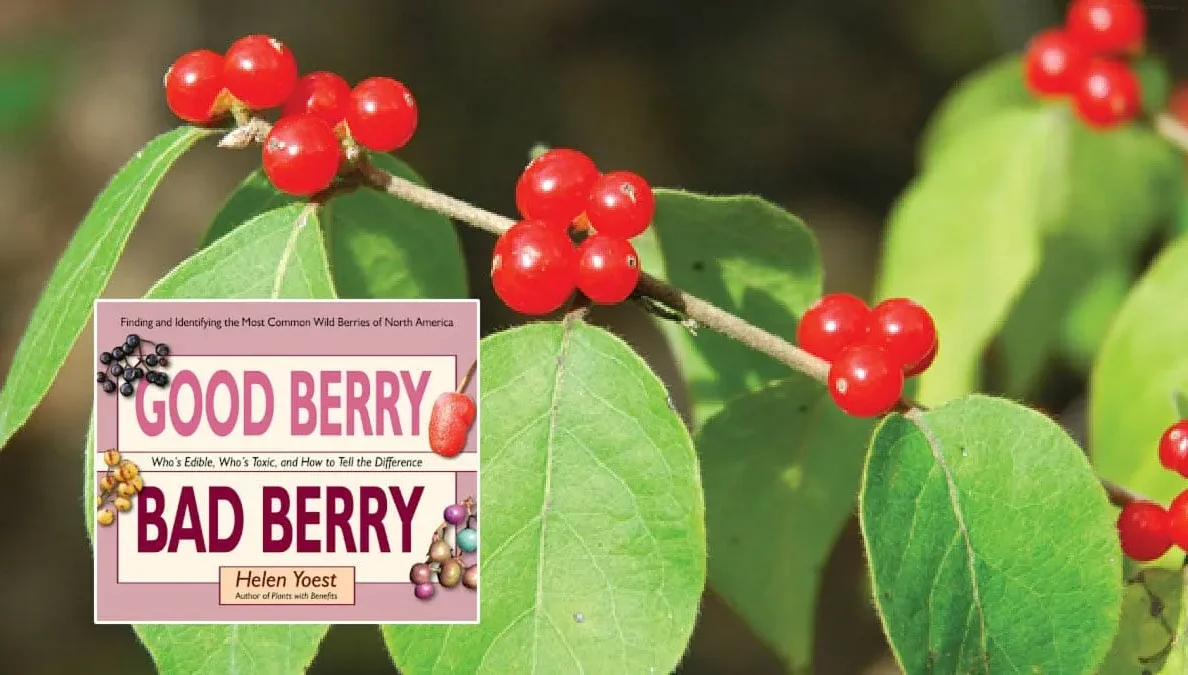
If you enjoy foraging for berries, it’s important to know which ones are safe to eat and which ones should be avoided. Rospotrebnadzor, the Russian consumer rights watchdog, has identified the 5 most toxic berries that you should steer clear of. These berries can cause a range of health issues if consumed, so it’s best to err on the side of caution.
Here are the 5 most toxic berries:
- Nightshade berries: Nightshade berries, also known as Belladonna berries, are highly toxic and can be fatal if ingested. They contain a poisonous compound called atropine, which can cause symptoms such as dilated pupils, dry mouth, and rapid heartbeat.
- Yew berries: Yew berries are found on the yew tree, and they can be extremely toxic. Ingesting yew berries can lead to symptoms such as dizziness, nausea, and in severe cases, heart failure.
- Mistletoe berries: While mistletoe is often associated with festive traditions, its berries are actually toxic. Ingesting mistletoe berries can cause symptoms such as stomach pain, vomiting, and diarrhea.
- Bryony berries: Bryony berries are brightly colored and may look tempting, but they are highly toxic. Ingesting bryony berries can lead to symptoms such as severe gastrointestinal upset and even organ damage.
- Deadly nightshade berries: Deadly nightshade berries, also known as Atropa belladonna berries, are one of the most toxic berries out there. Ingesting these berries can cause a variety of symptoms, including hallucinations, convulsions, and even death.
Remember, when it comes to berries, it’s always better to be safe than sorry. If you are unsure about the safety of a particular berry, it’s best to consult with an expert or avoid it altogether. Stay informed and stay safe!